
Many Japanese people keep in good shape thanks to the 8-minute walking method - Photo: TK
What is 8 minute walk?
Strictly speaking, the "8-minute walk" method is not a method of walking for just 8 minutes, but walking in 8-minute intervals.
The key is that instead of maintaining a steady pace, the exerciser breaks up the workout into short bursts of acceleration to activate the cardiopulmonary system.
This method was emphasized in a series of studies conducted by Shinshu University (Nagano Prefecture) about 10 years ago, with the main guidance of Professor Hiroshi Nose - a famous exercise physiologist in Japan.
According to the research team, the exercisers walked quickly for 5 minutes continuously until they were out of breath, then slowed down for 3 minutes to recover, creating an 8-minute cycle called “interval walking”.
Results showed that after 4-5 months of maintenance, the elderly had significantly improved their oxygen absorption capacity and leg muscle strength, key factors to limit falls, muscle weakness and motor degeneration in old age.
According to a review published in the Japan Journal of Physical Fitness and Sports Medicine , people who walked for eight minutes four times a week for five months saw their VO2 increase by an average of 14 percent, while the group that walked at a steady pace only saw a 4 percent increase.
Additionally, leg muscle strength also increased by 13%, helping to improve knee and ankle stability.
“We found superior results when the heart and lungs were activated in a stretch-relax cycle rather than a steady state, and the joints were not subjected to sudden loads like when running,” said Professor Hiroshi Nose.
He emphasized that the recovery mechanism alternating between rapid beats helps the brain muscles regulate blood circulation more stably and reduces the risk of micro-damage to soft tissue.
Lose weight and burn fat effectively
In terms of energy metabolism, a study by Shinshu University comparing the consumption levels between groups showed that the interval walking group burned an average of 120 - 160 kcal in 30 minutes, 30 - 50% higher than normal walking, mainly due to the "extended post-exercise oxygen consumption" (EPOC) response.
This phenomenon causes the body to continue burning fat and sugar for several hours after exercise, which is known in sports science as the “after-burn effect”.
According to experts, this is the reason why the 8-minute walking method is especially suitable for overweight people, the elderly or groups at high risk of knee osteoarthritis if jogging.
In addition, the National Institute on Aging in Japan (NIA Japan) assessed that this method significantly improves balance and core strength, two important factors that help the elderly live independently.
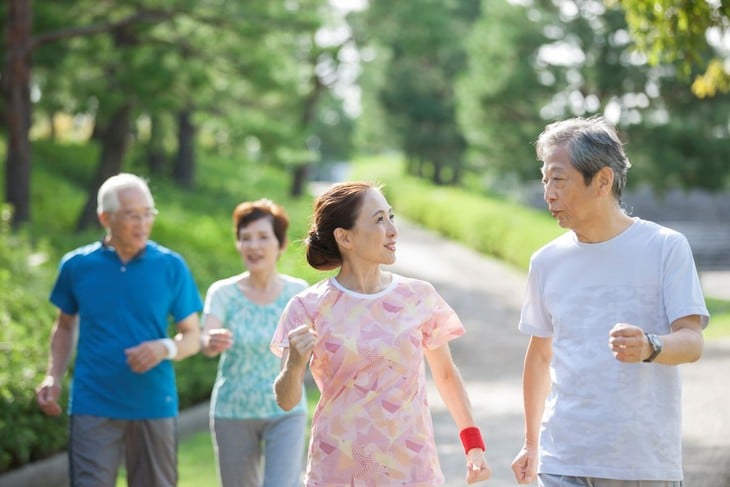
The 8-minute walking method is applied by both young and old people - Photo: NHK
Rehabilitation doctor Kenji Fukuda analyzed on NHK: "Many elderly patients turn to jogging to lose weight but quickly stop because of joint pain. Walking for 8 minutes provides enough cardiovascular stimulation while still protecting the joint structure, helping to maintain a higher rate of maintaining the habit."
He also believes that the most successful factor lies in the feeling of “ease of starting”, requiring no equipment, long hours or large spaces.
On the psychological side, a sub-study by the University of Tokyo that measured serotonin and cortisol levels in 60 middle-aged volunteers found that serotonin levels increased slightly after 20 minutes of intermittent walking, while cortisol decreased by about 8% compared to the steady-walking group.
This is why many Japanese offices encourage employees to take an “8-minute brisk walk” during breaks to reduce stress and improve concentration.
Source: https://tuoitre.vn/phuong-phap-di-bo-8-phut-giam-can-cuc-ky-hieu-qua-cua-nguoi-nhat-ban-20251102220156642.htm





![[Photo] Opening of the 14th Conference of the 13th Party Central Committee](https://vphoto.vietnam.vn/thumb/1200x675/vietnam/resource/IMAGE/2025/11/05/1762310995216_a5-bnd-5742-5255-jpg.webp)






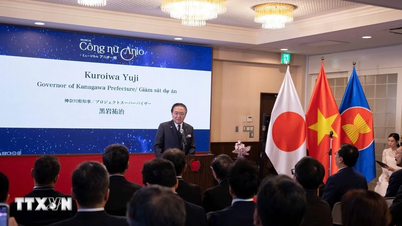





















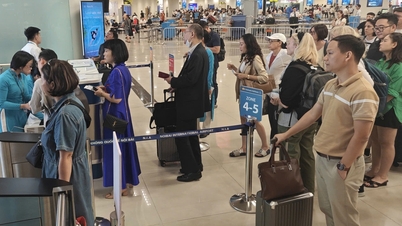
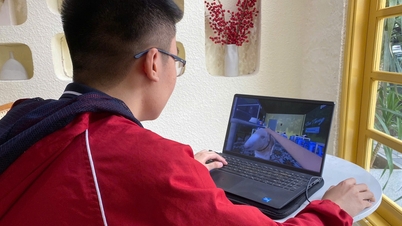
![[Photo] Panorama of the Patriotic Emulation Congress of Nhan Dan Newspaper for the period 2025-2030](https://vphoto.vietnam.vn/thumb/1200x675/vietnam/resource/IMAGE/2025/11/04/1762252775462_ndo_br_dhthiduayeuncbaond-6125-jpg.webp)


































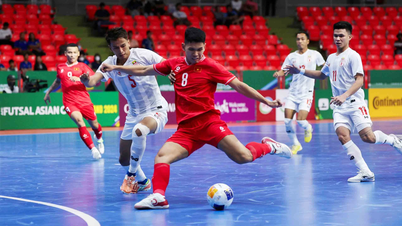





























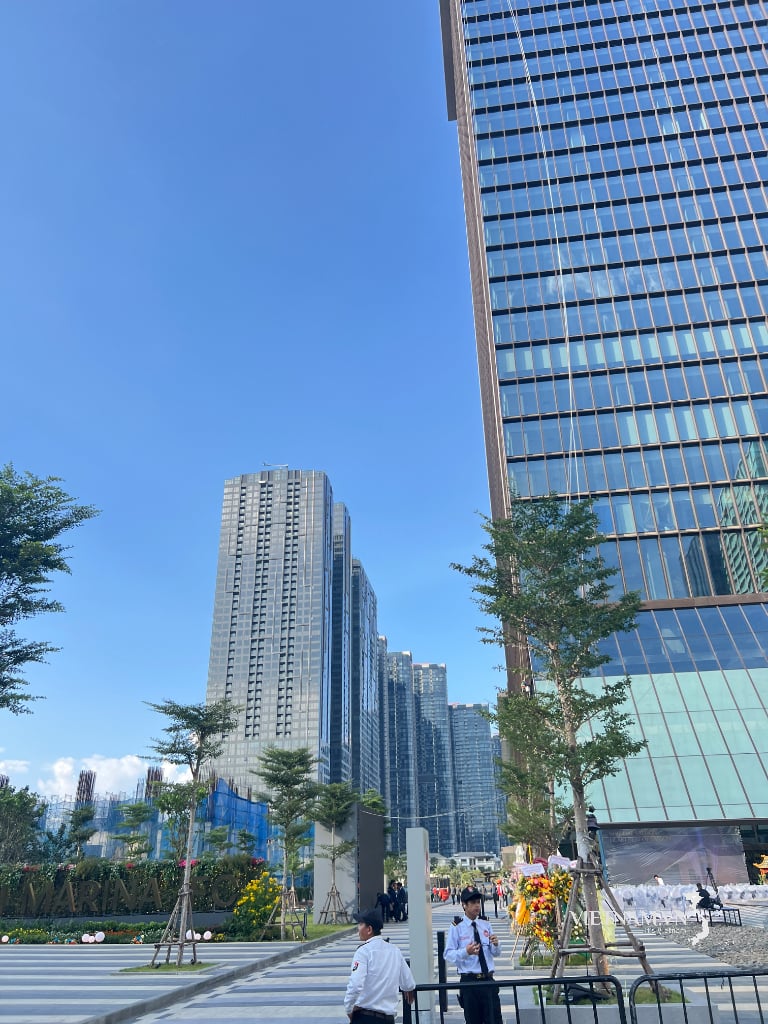



Comment (0)